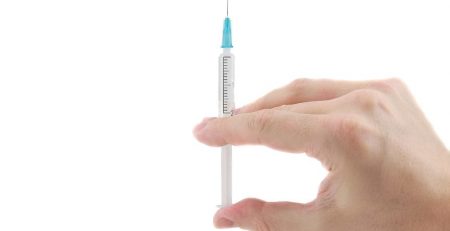Solving Common Problems in a Toxicology Lab
Like any laboratory, toxicology labs present their own unique set of problems; however, a number of these problems have nothing to do with conducting the tests themselves. Managing internal processes and customer relations, as well as changing industry standards and regulations, are key aspects of running a successful toxicology lab.
In addition to the top three common problems in a toxicology lab we’ve previously outlined, toxicology labs often struggle with reducing turnaround time without compromising the accuracy of the results. Also, as the American Society of Addiction Medicine (ASAM) changes and updates their guidelines, some labs are finding it difficult to get reimbursed for tests without thorough documentation. Both of these problems can minimized or remedied by clearly communicating your expectations with your laboratory staff.
In the case of reducing turnaround time, it’s important to realize that shortening the time required to run the test is typically not an option. Streamlining the process of receiving orders and reporting results, and explicitly defining a system of manual checks can help reduce turnaround times, while ensuring the results are still accurate. In order to increase the likelihood of being reimbursed properly for tests performed, it’s important to get your staff in the habit of checking orders at multiple key stages of the workflow. This will help make sure the medical necessity of the test is recorded, which is now required for reimbursement. If you have the ability to invest in a laboratory information system (LIS) or laboratory information management system (LIMS), this could also greatly reduce the potential for human error.
While these steps may seem simple or small, taking the extra time to establish baseline processes and expectations are key in saving your toxicology lab both time and money.












